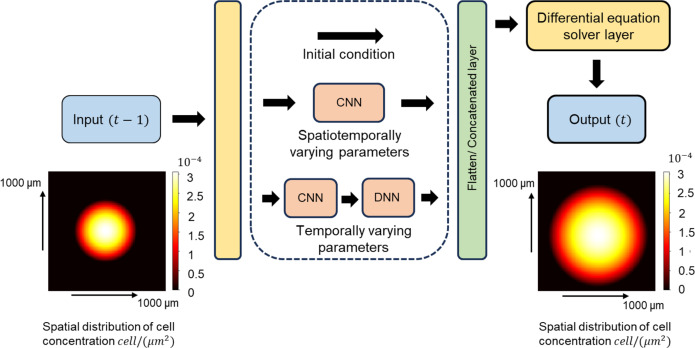
Researchers in the UK have created a transformer-centric model termed Molecular Crystal Representation from Transformers (MCRT) for swiftly forecasting the physical characteristics of molecular crystals. The group, which includes Andy Cooper from the University of Liverpool, draws parallels between MCRT and ChatGPT, highlighting its capability to recognize unique patterns within crystals, such as symmetry and crystal density, along with their connection to practical attributes. Grasping and predicting crystal traits is vital for materials design; however, conventional computational techniques tend to consume significant resources. Machine learning presents a faster, more economical approach for predictions, although methods like SOAP and ACSFs have their constraints, including being memory-heavy and potentially missing finer details.
Xenophon Evangelopoulos from the University of Liverpool clarifies that MCRT is crafted to serve as a foundational model that can be easily refined for targeted issues, even with limited data. Graeme Day from the University of Southampton points out that while MCRT will not supplant other techniques for crystal structure prediction, it can improve the stability ranking of current methods. Minggao Feng, also from the University of Liverpool, indicates that MCRT was pre-trained on 706,126 crystal structures sourced from the Cambridge Structural Database. This training process included recognizing patterns in local atomic environments and overall global geometry through graph-derived atomic representations and topological images, forming a base model for tailoring to specific crystal families and functionalities. Its attention-driven architecture incorporates explainability features, mitigating the “black box” nature of its predictions.
MCRT shows considerable advantages in scenarios with scarce data, boosting performance in few-shot learning contexts. The model reliably extrapolates from limited inputs, which is beneficial in chemistry, where experiments and computations can be expensive, as noted by Andy Cooper. Keith Butler from University College London underscores that the model excels in predicting properties from small datasets, addressing obstacles commonly encountered by machine learning models that usually necessitate vast amounts of data, which is challenging to procure in this domain.
Michael T. Ruggiero from the University of Rochester praises this development as a pivotal advancement in AI-enhanced materials chemistry. By integrating physics-based insights with a universal framework, MCRT enables quicker, more cost-effective forecasts of molecular crystal characteristics, transforming materials design and discovery.
MCRT underwent pre-training on four tasks to bolster its comprehension: masked atom prediction for local chemical environments, atom pair classification for molecular differentiation within crystals, crystal density forecasting for global insights, and symmetry element prediction for comprehending crystal space groups.